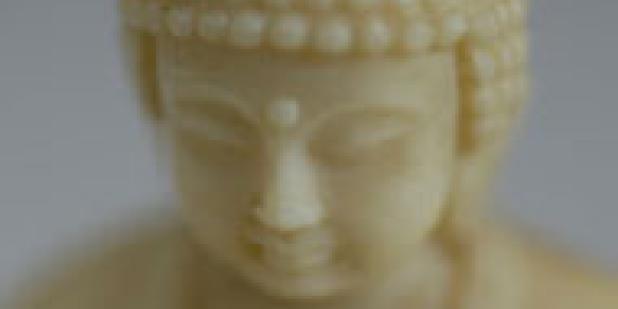Join us for a free one-day workshop for educators at the Japanese American National Museum, hosted by the USC U.S.-China Institute and the National Consortium for Teaching about Asia. This workshop will include a guided tour of the beloved exhibition Common Ground: The Heart of Community, slated to close permanently in January 2025. Following the tour, learn strategies for engaging students in the primary source artifacts, images, and documents found in JANM’s vast collection and discover classroom-ready resources to support teaching and learning about the Japanese American experience.
Reading the Female Body in Late Tang Daoism
Stanford University will host Stephen Bokenkamp to give a talk on the female body in late Tang Daoism.

Stephen R. Bokenkamp
Visiting Professor of Religious Studies, Stanford University, Arizona State University
RSVP REQUIRED. Space limited: contact ihl@stanford.edu if wishing to attend.
In this talk, I explore the literary remains of a group of remarkable Daoists of the late eighth and early ninth centuries. Tracing their origin to Xie Ziran (d. 794) and Han Ziming (764-831), a group of women developed their own lineage and practices within the imperial court that was quite distinct from those of contemporary Daoist nuns. In addition to Daoist meditation and ritual practice, these women were involved in the consumption of alchemical elixirs. Eventually, this group of priestesses came to occupy a Belvedere within the imperial palace and attracted the patronage of the capital’s elite. The literary image made by and for them included much that was uncharacteristic of Daoism — stigmata, holy bleeding, and early death — and perhaps for this very reason was of intense interest to the court and literati of the time.
A graduate of U.C. Berkeley, Stephen Bokenkamp now teaches in the School of International Letters and Cultures, Arizona State University. Professor Bokenkamp is the author of Early Daoist Scriptures (1997) and Ancestors and Anxiety: Daoism and the Birth of Rebirth in China (2007), as well as many other works on medieval Chinese religions. During the autumn term, he is offering an undergraduate course on the Daoist body and a graduate seminar on Chinese religious texts in the Department of Religious Studies.
Featured Articles
Please join us for the Grad Mixer! Hosted by USC Annenberg Office of International Affairs, Enjoy food, drink and conversation with fellow students across USC Annenberg. Graduate students from any field are welcome to join, so it is a great opportunity to meet fellow students with IR/foreign policy-related research topics and interests.
RSVP link: https://forms.gle/1zer188RE9dCS6Ho6
Events
Hosted by USC Annenberg Office of International Affairs, enjoy food, drink and conversation with fellow international students.
Join us for an in-person conversation on Thursday, November 7th at 4pm with author David M. Lampton as he discusses his new book, Living U.S.-China Relations: From Cold War to Cold War. The book examines the history of U.S.-China relations across eight U.S. presidential administrations.




